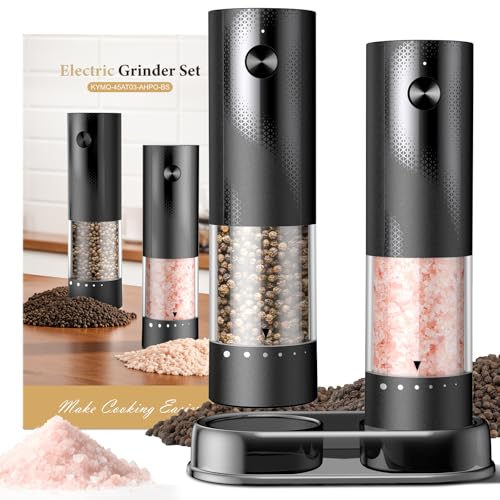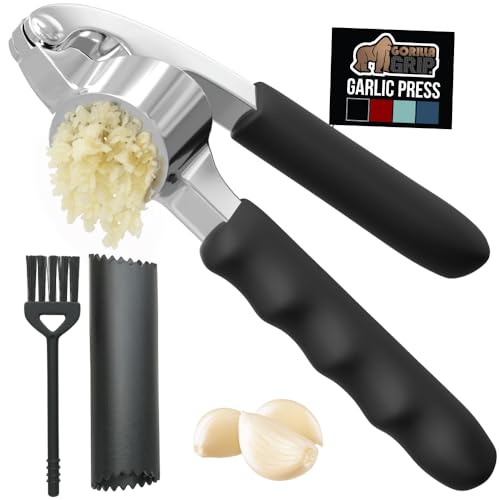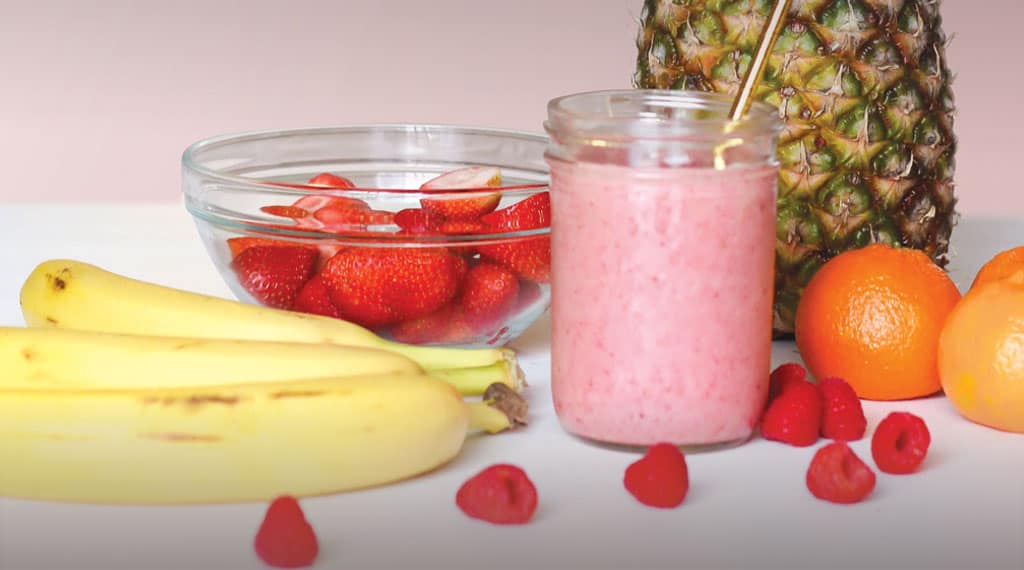Hey there, health enthusiasts! If you’re scrolling through endless wellness trends, you’ve probably heard the buzz about olive oil. This golden elixir from the Mediterranean has been hailed as a superfood for centuries, packed with heart-healthy fats, antioxidants, and anti-inflammatory properties. But here’s the thing: not all ways of consuming olive oil are created equal. Chugging shots? Adding it to your morning coffee? Nope, that’s not the move. In this post, we’re diving into the correct ways to incorporate olive oil into your diet for maximum benefits—think delicious, everyday swaps that replace unhealthy fats with this powerhouse. Stick around, because these tips could transform your meals and skyrocket your well-being. Let’s get into it!
Why Olive Oil Deserves a Spot in Your Kitchen (The Science-Backed Benefits)
Before we talk about how to use it, let’s quickly cover why olive oil is worth the hype. Extra virgin olive oil (EVOO) is rich in monounsaturated fats like oleic acid, which can help lower bad cholesterol (LDL) and reduce the risk of heart disease. It’s also loaded with polyphenols—powerful antioxidants that fight inflammation and may even support brain health. Studies show that regular consumption as part of a Mediterranean diet can aid in weight management, improve skin health, and even lower the risk of certain cancers.
But the key is moderation and smart integration. Olive oil isn’t a miracle cure-all; it’s a tool for replacing less healthy options in your diet. Aim for 1-2 tablespoons per day to reap the rewards without overdoing the calories (it’s still fat, after all—about 120 calories per tablespoon).
The Best Way: Drizzle It on Salads for Flavor and Nutrition
One of the simplest and most effective ways to consume olive oil is by adding it to your salads. Why? Because it enhances both taste and nutrient absorption. The healthy fats in olive oil help your body absorb fat-soluble vitamins like A, D, E, and K from veggies. Imagine tossing fresh greens, tomatoes, cucumbers, and a sprinkle of feta—drizzled with EVOO, a squeeze of lemon, and a dash of salt. It’s not just delicious; it’s a nutrient powerhouse.
Pro tip: Make a homemade vinaigrette every day. Mix 3 parts olive oil with 1 part vinegar (like balsamic or apple cider), add herbs like oregano or basil, and shake it up. This beats store-bought dressings hands down, which are often loaded with sugars and preservatives. By swapping out creamy ranch or Thousand Island sauces (hello, hidden sugars and unhealthy fats!), you’re cutting empty calories while boosting your intake of good fats. Your salads will taste fresher, and you’ll feel lighter and more energized.
Replace Unhealthy Fats: Ditch Butter and Mayo for Olive Oil
Here’s where the real magic happens—replacing unhealthy fats with olive oil. Butter and mayonnaise are staples in many kitchens, but they’re often high in saturated fats or processed oils that can clog arteries over time. Olive oil, on the other hand, is a heart-friendly alternative that doesn’t sacrifice flavor.
- In sandwiches and spreads: Skip the mayo in your tuna salad or sandwich. Instead, mash avocado with a drizzle of olive oil for a creamy, nutritious base. Or use olive oil to sauté veggies for a flavorful filling.
- For cooking and baking: Use olive oil instead of butter for roasting veggies or making homemade dressings. It’s stable at moderate heats (avoid high-heat frying to preserve its benefits) and adds a subtle richness.
This swap isn’t about deprivation; it’s about upgrading. You’re trading trans fats and excessive saturated fats for something that supports your long-term health. Over time, this can lead to better cholesterol levels, reduced inflammation, and even easier weight control.
Keep It Simple: Add a Small Salad or Veggie Side to Every Meal
You don’t need fancy recipes to make olive oil a daily habit. Start by adding a small salad or simple veggie side to every meal. Chop up a tomato, some cucumber, and sliced celery, then drizzle with olive oil and a pinch of sea salt. It’s quick, refreshing, and turns any meal into a balanced one.
Why this works: It increases your veggie intake (aim for at least 5 servings a day), and the olive oil makes it satisfying. No more bland sides— this combo is crunchy, hydrating, and full of fiber. Do this daily, and you’ll notice improved digestion, glowing skin, and steady energy levels. Plus, it’s an easy way to hit your olive oil quota without thinking twice.
What NOT to Do: Olive Oil Is Not a Drink!
Let’s address the elephant in the room: olive oil shots. Just… no. Downing straight olive oil like a shot is not only unappetizing (it’s thick, oily, and can upset your stomach), but it’s also unnecessary. Your body absorbs its benefits better when paired with food, not guzzled solo. The same goes for adding it to coffee— that viral trend might sound edgy, but it turns your brew into a greasy mess without adding real value. Olive oil is a culinary fat, not a beverage. Stick to food pairings for optimal digestion and enjoyment.
Remember, the goal is sustainability. Forcing yourself into weird habits won’t stick, but delicious integrations will.
Final Thoughts: Make Olive Oil Your Daily Ally
Incorporating olive oil the right way is all about smart swaps and simple additions that enhance your meals without complication. By drizzling it on salads, replacing butter and mayo, and ditching creamy dressings for vinaigrettes, you’re prioritizing healthy fats over unhealthy ones. Add that small veggie side daily, and you’re set for long-term health wins.
Ready to level up? Grab a bottle of high-quality EVOO (look for cold-pressed and dark glass bottles to preserve freshness) and start experimenting today. Your heart, skin, and taste buds will thank you. What’s your favorite way to use olive oil? Drop a comment below—I’d love to hear! And if this post resonated, share it with a friend who’s still chugging those shots. Let’s spread the good fat gospel!
Disclaimer: Always consult a healthcare professional before making major dietary changes, especially if you have health conditions.





